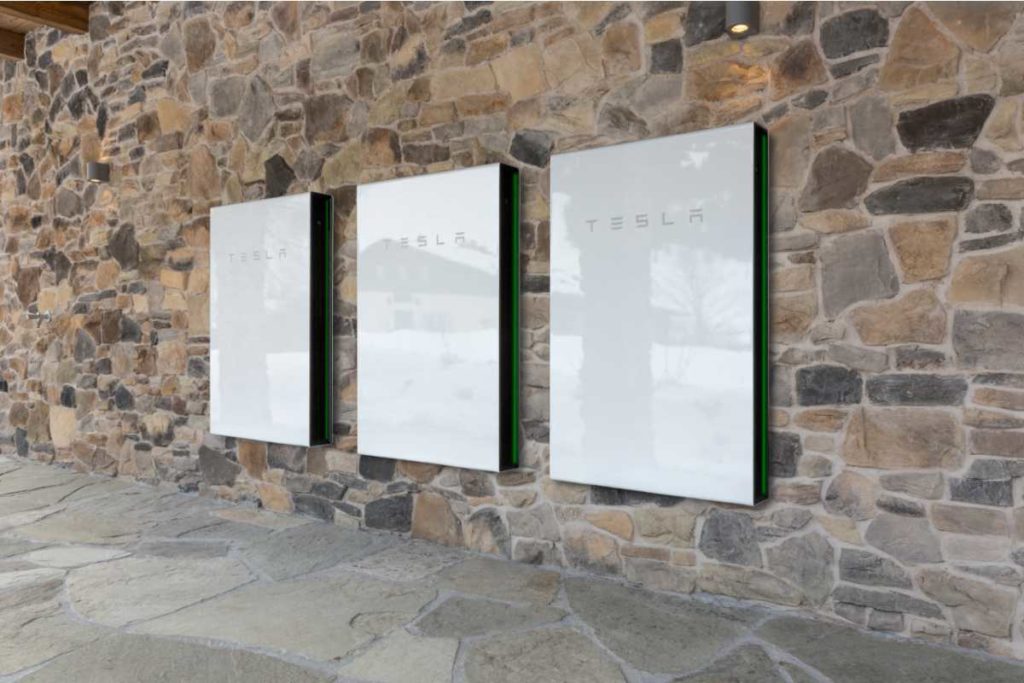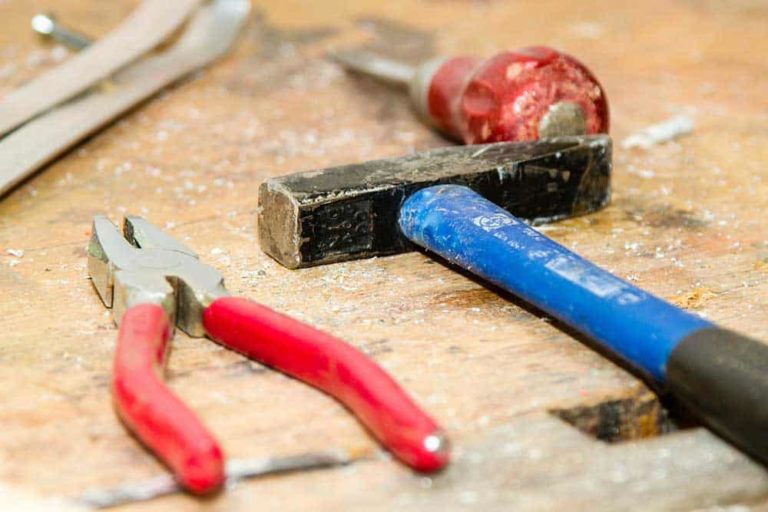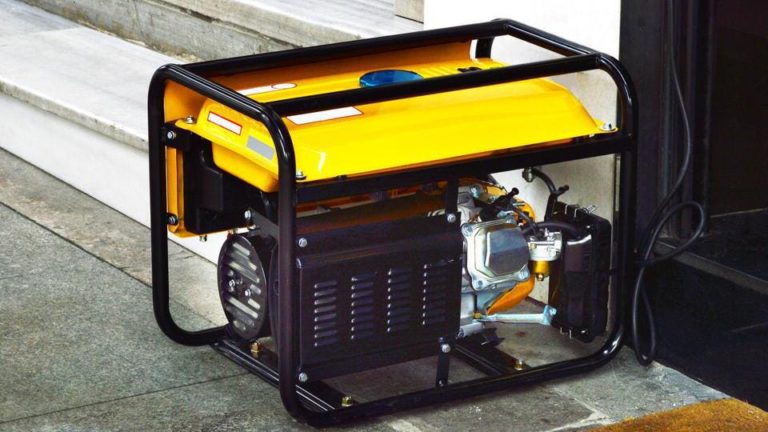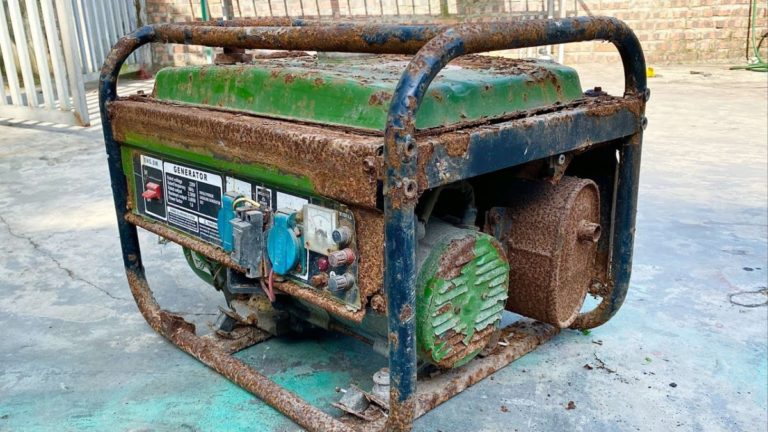Are you tired of relying on the grid for your energy needs?
Do you dream of harnessing the power of clean, renewable energy to power your home or business?
Look no further than the Ultimate Guide to Installing a Tesla Power Wall Off Grid System.
In this comprehensive guide, we’ll walk you through every step of the installation process, from selecting the right Powerwall unit for your needs to wiring and integrating it into your existing electrical system.
Whether you’re a seasoned DIYer or just starting out with renewable energy systems, our expert guidance will help you confidently install a Tesla Power Wall off-grid system that meets all of your power needs.
So let’s get started and take the first step towards a more sustainable future!
Assess your energy needs
Determine how much energy you need to power your home or business, and choose the appropriate Powerwall size based on your energy usage.
To begin, it’s important to calculate your daily energy usage in kilowatt-hours (kWh).
This can be done by measuring the wattage of each electrical device in your home or business, and then multiplying that number by the number of hours you use each device per day.
For example, if you have a 1000 watt air conditioner that you use for 8 hours per day, that’s 8000 watt-hours (Wh) of energy usage per day.
Once you have a clear understanding of your energy needs, you can choose the appropriate Powerwall size based on your usage.
The Tesla Powerwall comes in two sizes: 13.5 kWh and 28 kWh.
The 13.5 kWh Powerwall is suitable for smaller homes or businesses with moderate energy usage, while the 28 kWh Powerwall is better suited for larger homes or businesses with high energy usage.
It’s important to note that the Powerwall is designed to be used in conjunction with solar panels, so it’s important to consider the size of your solar panel array when choosing the appropriate Powerwall size.
With the right sizing and configuration, a Tesla Powerwall can provide reliable and sustainable power for your home or business, even when the grid is down.
Choose the right location
Select a location for the Powerwall that is well-ventilated, dry, and protected from extreme temperatures. Make sure the location is easily accessible for maintenance and upgrades.
When it comes to installing a Tesla Powerwall off-grid, location is important for optimal performance and longevity.
The Powerwall should be placed in a well-ventilated and dry area, away from extreme temperatures and humidity.
This is important because the Powerwall’s batteries can be affected by temperature fluctuations, and high humidity can lead to corrosion and other issues.
Moreover, the location should be easily accessible for maintenance and upgrades.
This is important because as your energy needs change over time, you may need to upgrade or maintain your Powerwall.
Easy access to the unit will ensure that these tasks can be performed efficiently and without any hassle.
The location should be safe and secure, with proper protection from the elements and potential threats.
For example, you can install the Powerwall in a garage or a dedicated energy room in your home.
This will provide a protected and controlled environment for the unit, while also ensuring that it is easily accessible for maintenance and upgrades.
Moreover, you can choose a location that is closer to the point of consumption, such as near the circuits you want to power with the Powerwall.
This will reduce the distance between the Powerwall and the circuits, minimizing energy loss and ensuring that your energy needs are met more effectively.
The location of your Tesla Powerwall off-grid is a critical factor to consider for optimal performance and longevity.
Choose a well-ventilated and dry location that is easily accessible for maintenance and upgrades, and consider installing the unit near the point of consumption to minimize energy loss and ensure that your energy needs are met effectively.
Prepare the electrical system
Make sure that your electrical system can support the Powerwall and that there are no safety hazards. This may involve upgrading your electrical panel or wiring.
Preparing the electrical system for a Tesla Powerwall is a important step before installing an off-grid energy storage system.
To ensure safe and efficient operation, it’s essential to assess the current electrical infrastructure and make necessary upgrades before installing the Powerwall.
The first step is to check the electrical panel and ensure that it is compatible with the Powerwall’s requirements.
This may involve upgrading to a more advanced and high-capacity electrical panel, such as a panel with a 400-amp load center.
The electrical wiring must be evaluated to ensure that it can handle the increased power output of the Powerwall.
If necessary, upgrading to larger gauge wiring can provide a safer and more efficient energy transfer.
This includes checking for any exposed wiring or electrical components, and making sure that all connections are secure and meet safety standards.
It’s essential to disconnect the Powerwall from the grid before installing it to avoid any electrical shock hazards.
Proper preparation of the electrical system is essential to ensure safe and reliable operation of the Tesla Powerwall off-grid energy storage system.
Install the mounting hardware
Secure the Powerwall to the wall using the provided mounting hardware. Make sure the Powerwall is level and securely attached.
Installing the Tesla Powerwall requires careful attention to detail to ensure a secure and level installation.
The mounting hardware provided with the Powerwall is specifically designed to secure the unit to the wall and ensure that it remains level throughout its operation.
To begin, the mounting hardware consists of screws and brackets that are specifically designed to work with the Powerwall’s unique mounting points.
These mounting points are located on the back of the Powerwall and are labeled for easy identification.
To secure the Powerwall to the wall, the screws and brackets must be tightened firmly to ensure that the unit remains level and secure.
It is important to note that the mounting hardware is specifically designed to work with the Powerwall’s unique mounting points, and using alternative mounting hardware can result in an improperly secured installation.
It is essential to ensure that the Powerwall is level during installation, as an off-level installation can result in reduced performance and potentially shorten the unit’s lifespan.
Overall, installing the mounting hardware for the Tesla Powerwall requires careful attention to detail and adherence to the provided instructions to ensure a secure and level installation.
This includes using only the provided mounting hardware, and ensuring that the unit is level before finalizing the installation.
When powering their home off the grid, the Powerwall will be able to provide a reliable and sustainable source of energy, all while ensuring the safety and security of the installation.
Connect the Powerwall to the grid
If you’re connecting the Powerwall to the grid, you’ll need to hire a licensed electrician to connect the system to the electrical panel and ensure that it’s compliant with local electrical codes.
If you’re planning to connect your Tesla Powerwall to the grid, it’s essential to hire a licensed electrician to ensure a safe and compliant installation.
The electrician will connect the Powerwall to the electrical panel in your home, which will allow you to harness the power of the sun and store it in the battery for later use.
This process requires careful attention to detail and adherence to local electrical codes, which vary by region and are in place to protect homeowners and their properties.
For example, in California, the Powerwall must be installed by a licensed electrician who has completed the California Solar & Storage Association’s (CALSEIA) certification program.
This program ensures that the installer has the necessary knowledge and skills to install the Powerwall safely and efficiently.
The electrician must ensure that the Powerwall is paired with an inverter that is compatible with the battery and meets local electrical codes.
It’s important to note that connecting the Powerwall to the grid requires a permit from your local utility company, and the installation must be inspected by a building inspector or a certified electrical inspector.
Failure to follow these guidelines can result in safety hazards, such as electrical shock or fire, and may also void the warranty on your Powerwall.
Therefore, it’s important to hire a licensed electrician who has experience installing the Powerwall and ensuring compliance with local electrical codes.
By doing so, you can rest assured that your Powerwall is installed safely and efficiently, allowing you to reap the benefits of off-grid energy storage.
Install the inverter
The inverter converts the DC power from the Powerwall to AC power that can be used in your home or business. Choose an inverter that is compatible with the Powerwall and your electrical system.
Installing the inverter is a important step in setting up your Tesla Powerwall system.
The inverter converts the direct current (DC) power from the Powerwall to alternating current (AC) power that can be used in your home or business.
This allows you to utilize the stored energy from the Powerwall to power your appliances and lighting, even when the grid is down.
It is important to choose an inverter that is compatible with the Powerwall and your electrical system to ensure safe and efficient operation.
When selecting an inverter, consider the following factors
Compatibility: Make sure the inverter is compatible with the Powerwall and your electrical system.
Consult with a professional if you are unsure.
Power output: Choose an inverter that can handle the maximum power output of the Powerwall.
A larger inverter will allow you to use more of the stored energy.
Efficiency: Look for an inverter with high efficiency ratings.
This will ensure that most of the stored energy is converted to usable AC power.
Scalability: Consider the future growth of your energy needs and choose an inverter that can be scaled up as needed.
Safety features: Make sure the inverter has safety features such as automatic shutdown, overvoltage protection, and short-circuit protection to prevent any potential hazards.
By selecting the right inverter for your Powerwall system, you can ensure a safe and efficient off-grid energy solution for your home or business.
The Powerwall can be connected to the grid and can sell excess energy back to the utility company, providing a potential source of income.
Install the monitoring and control system
The monitoring and control system allows you to track the performance of the Powerwall and monitor your energy usage. Choose a system that is compatible with the Powerwall and your smartphone or tablet.
Installing a monitoring and control system for your Tesla Powerwall is an essential step towards achieving energy independence and maximizing the performance of your off-grid energy system.
The monitoring and control system allows you to track the performance of the Powerwall and monitor your energy usage in real-time, giving you complete visibility into your energy consumption and production.
This information can help you identify areas of improvement and optimize your energy usage to save costs and reduce your carbon footprint.
Furthermore, by pairing the monitoring and control system with your smartphone or tablet, you can access your energy data from anywhere, giving you complete control over your off-grid energy system and peace of mind that your energy needs are being met.
Investing in a monitoring and control system for your Tesla Powerwall can provide numerous benefits, including
* Real-time monitoring of energy usage and performance of the Powerwall
* Identification of areas for improvement to optimize energy usage and save costs
* Alerts and notifications for any issues with the Powerwall
* Complete control over your off-grid energy system from anywhere
* Peace of mind that your energy needs are being met
By choosing a monitoring and control system that is compatible with the Powerwall and your smartphone or tablet, you can ensure that you have complete visibility into your energy consumption and production, and make informed decisions about how to optimize your energy usage.
Test and commission the system
Once the installation is complete, test the system to ensure that it’s functioning properly and providing the expected level of energy independence. Commission the system by adjusting the settings and configurations to meet your specific needs.
Testing and commissioning your solar power system is a important step in ensuring that it is functioning at its optimal level and providing the expected level of energy independence.
Once the installation is complete, it is important to test the system to ensure that all of the components are working together properly and providing the expected level of power output.
This includes checking the electrical connections, inverter performance, and energy storage systems, such as the Tesla Powerwall.
Proper commissioning of the system also involves adjusting the settings and configurations to meet your specific needs, such as scheduling energy usage patterns, setting temperature controls, and adjusting lighting and appliance control.
By taking the time to thoroughly test and commission your solar power system, you can ensure that it is operating at its peak performance and providing the maximum level of energy independence and cost savings.
As an added note, if you’re considering an off-grid solar power system, it’s important to test and commission the system regularly to ensure that it is meeting your energy needs and providing the expected level of energy independence.
With the Tesla Powerwall, you can store excess energy generated by the solar panels during the day and use it at night or during periods of low solar output, providing additional energy independence and peace of mind.
Want More? Dive Deeper Here!
Hey there! If you’re the type who loves going down the rabbit hole of information (like we do), you’re in the right spot. We’ve pulled together some cool reads and resources that dive a bit deeper into the stuff we chat about on our site. Whether you’re just killing time or super into the topic, these picks might just be what you’re looking for. Happy reading!






